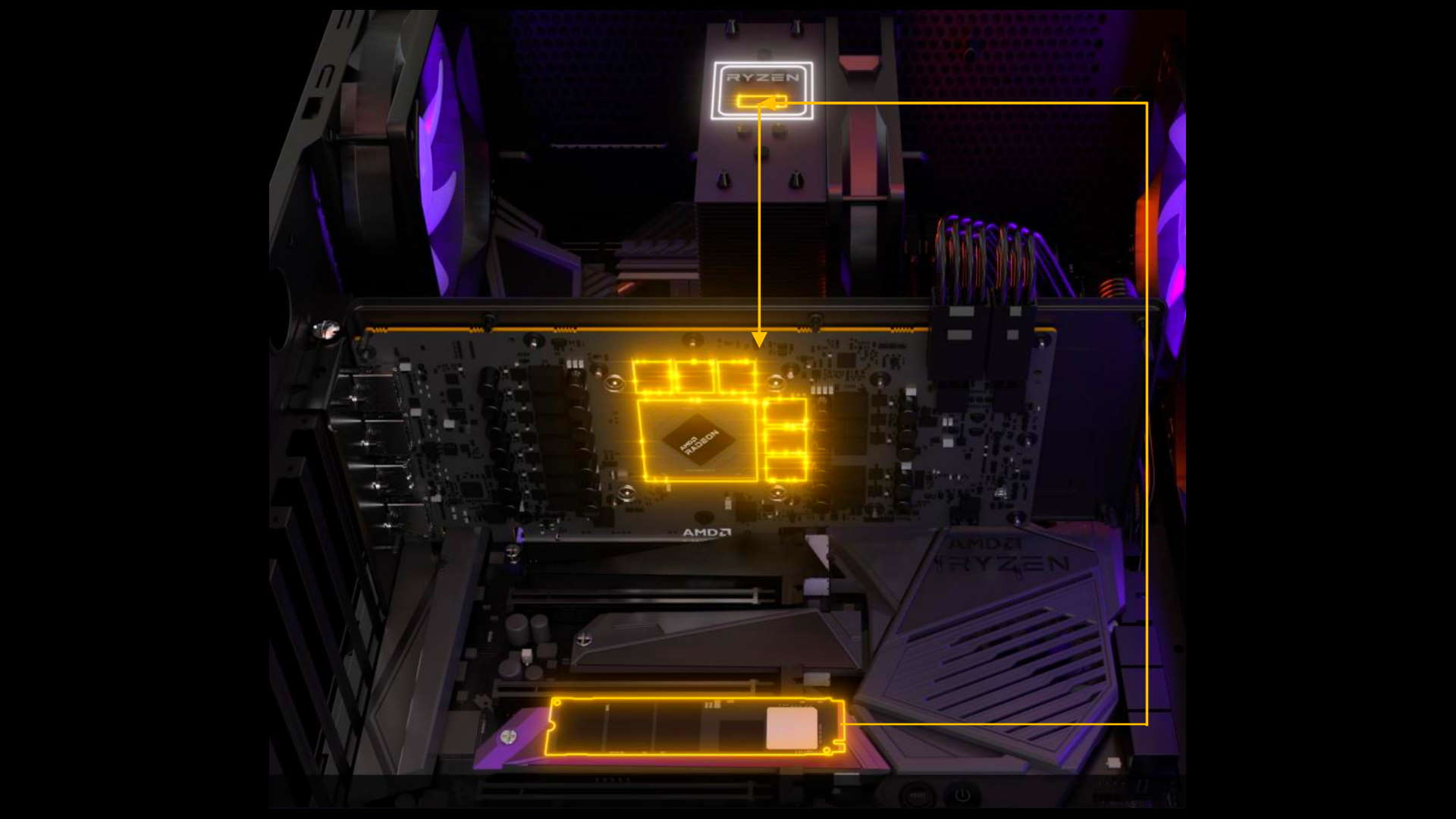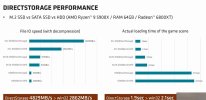I recall some benchmarks earlier this year and the improvements were minor.
The improvements were actually significant in terms of reducing the file IO overhead. However that simply revealed other bottlenecks that need to be addressed by the developers or a later iteration of Direct Storage in the case of the decompression workload. The devs have already stated their intention to continue working on those other bottlenecks to bring the load times down to around 1 second - on PC.
But again, much depends on someone's expectations. It's not a magic bullet to drastically slash load-times even on modern hardware in the way the changes of this generation of consoles was really quite spectacular when developers put in the effort, e.g. Astro's Playroom, Spider-Man and Miles Morales, Horizon Forbidden West, and Ratchet & Clank.
I may have misinterpreted what you're saying here but there is no magic bullet on the consoles either. That's why games don't automatically load faster there and in many cases still load faster on PC's with faster CPU's. All the new consoles are doing at a high level is:
1. Providing a mutli-GB/s data path between the storage device and video memory
2. Removing the majority of the processing associated with high IO rates from the CPU
That's great but it means nothing if the developer doesn't then address the other CPU related bottlenecks that can slow down load times which have nothing to do with either of the above.
With GPU decompression enabled Direct Storage, the PC will be doing both of those things too. Granted the consoles still probably remove a bit more CPU overhead but by that point we're probably just playing around in the margins anyway.
I think we can be confident that with a similar speed SSD and a fully implemented version of Direct Storage, a well designed game will load on decent PC at a very similar rate to the PS5.


